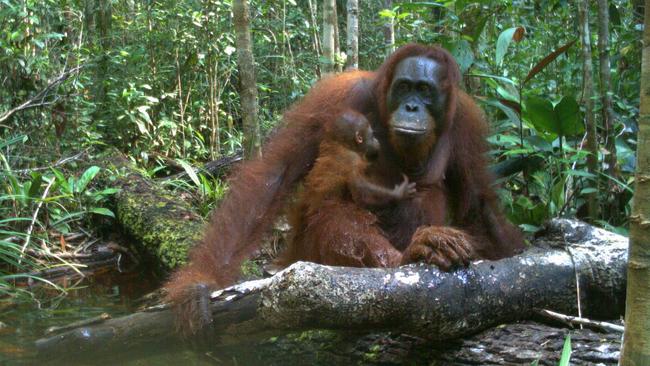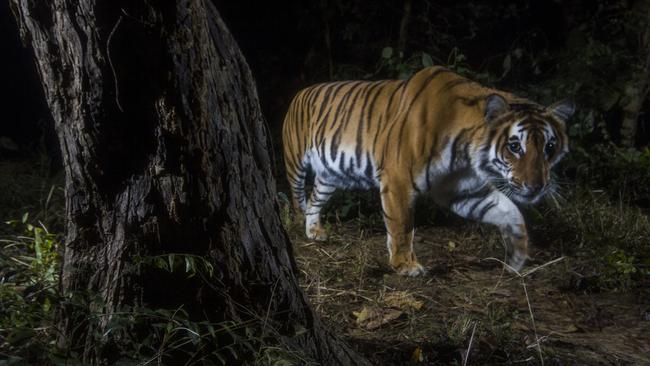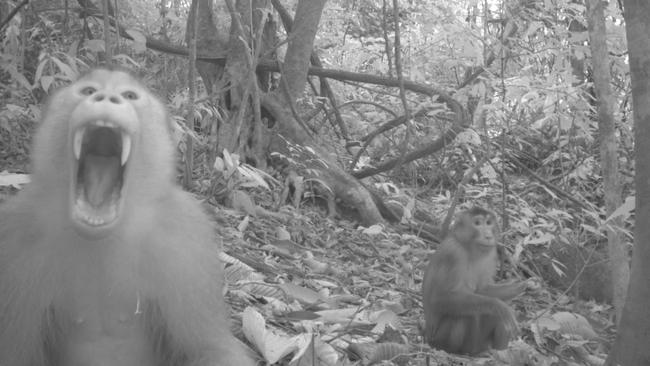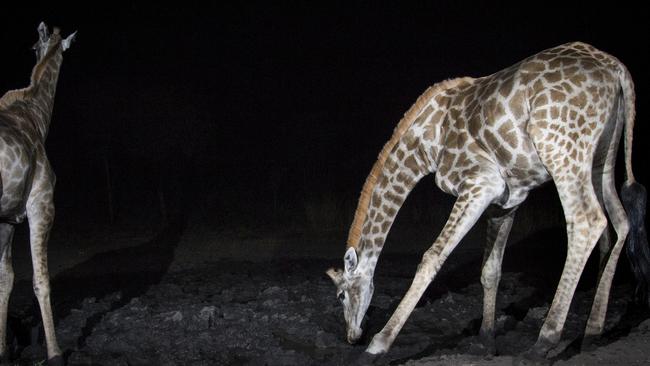Wildlife Insights creates global platform to help save endangered species
Thousands of rare animals are being caught on camera. But what to do with these millions of selfies? A new AI-enhanced platform can clear the clutter and create a bigger global picture.
SA News
Don't miss out on the headlines from SA News. Followed categories will be added to My News.
- Department downgrades status of rare, vulnerable, endangered
- Latest subscriber exclusive giveaways, specials and prizes
Orangutans in Borneo, tigers in Nepal and giraffes in Namibia are among thousands of native animals caught on camera by conservation groups.
Now, a global web platform has been launched to support research into endangered species and threatened habitat by collating these images and making them freely accessible.
Wildlife Insights is an augmented intelligence (AI) enhanced system developed with seven conservation organisations and available via Google cloud for researchers and the public.
Rapid analysis of photos taken by motion-triggered cameras and global data base.
Recent UN assessments found the world was at risk of losing a million species to extinction within the next decade, Conservation International scientist Jorge Ahumada and Google Earth Outreach program manager Tanya Birch said.

The Wildlife Insights project has mapped more than 4.5 million photos from motion-triggered cameras aimed at animals in the wild.
“With photos and aggregated data available for the world to see, people can change the way protected areas are managed, empower local communities in conservation, and bring the best data closer to conservationists and decision makers,” Mr Ahumada and Ms Birch said.
“Camera traps help researchers assess the health of wildlife species, especially those that are reclusive and rare.

“Worldwide, biologists and land managers place motion-triggered cameras in forests and wilderness areas to monitor species, snapping millions of photos a year.
“But what do you do when you have millions of wildlife selfies to sort through?”
The AI programs enable machine processing of photos snapped by the cameras — 80 per cent of which don’t show an animal because they have been triggered by other motion such as leaves blowing in the wind.


Wildlife Insights is available for other conservation projects to join the platform and expand the global database.
The conservation groups involved in the project are Conservation International, Smithsonian’s National Zoo and Conservation Biology Institute, North Carolina Museum of Natural Sciences, Map of Life, World Wide Fund for Nature, Wildlife Conservation Society and the Zoological Society of London.
